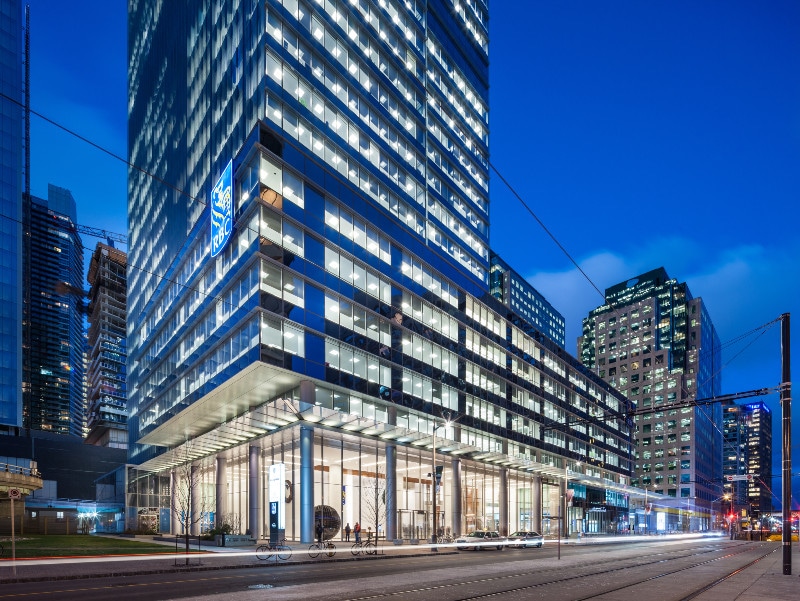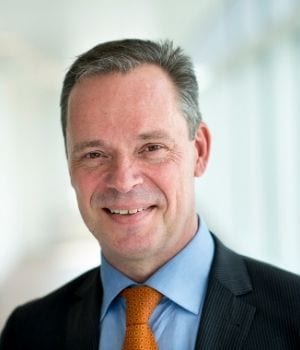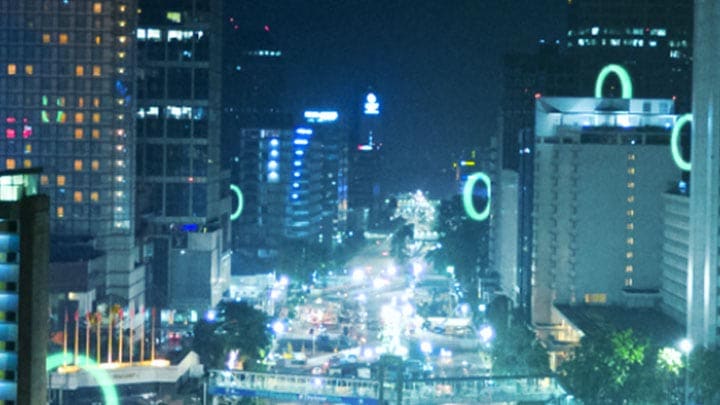November 11, 2021
Raising the global building renovation rate will cut greenhouse gas emissions and reap multiple rewards.
As COP26 draws to a close, there is an important item still on the agenda. Today, the UN annual climate conference will feature a day fully dedicated to addressing the environmental impact of cities and the built environment.
It’s surprising that this item is so often overlooked, given that our buildings are responsible for 40% of the world’s greenhouse gas emissions. And even within this space, it’s new, zero-energy buildings that make the headlines, with futuristic designs that incorporate cutting-edge technology to perform with the lightest possible impact.





